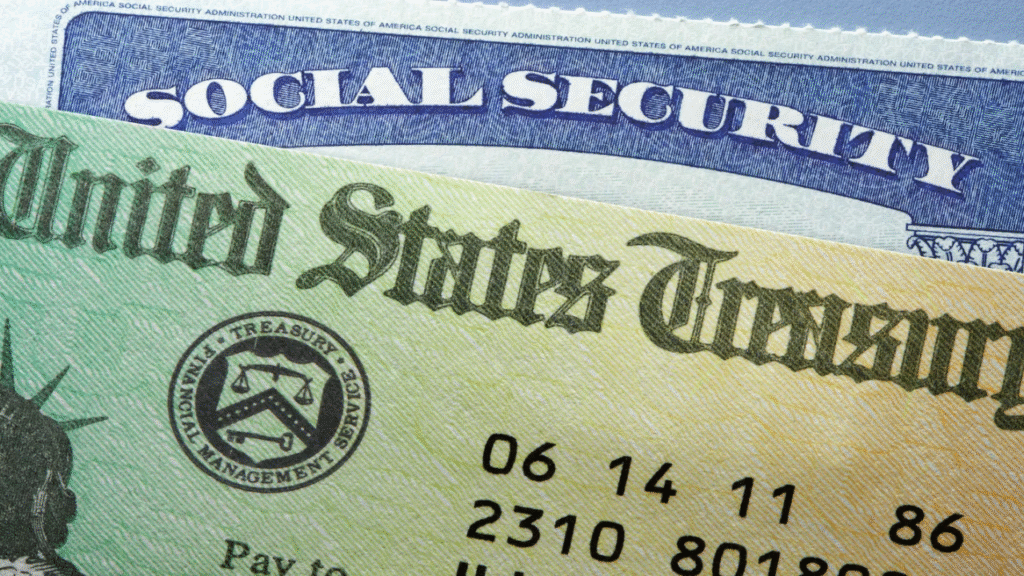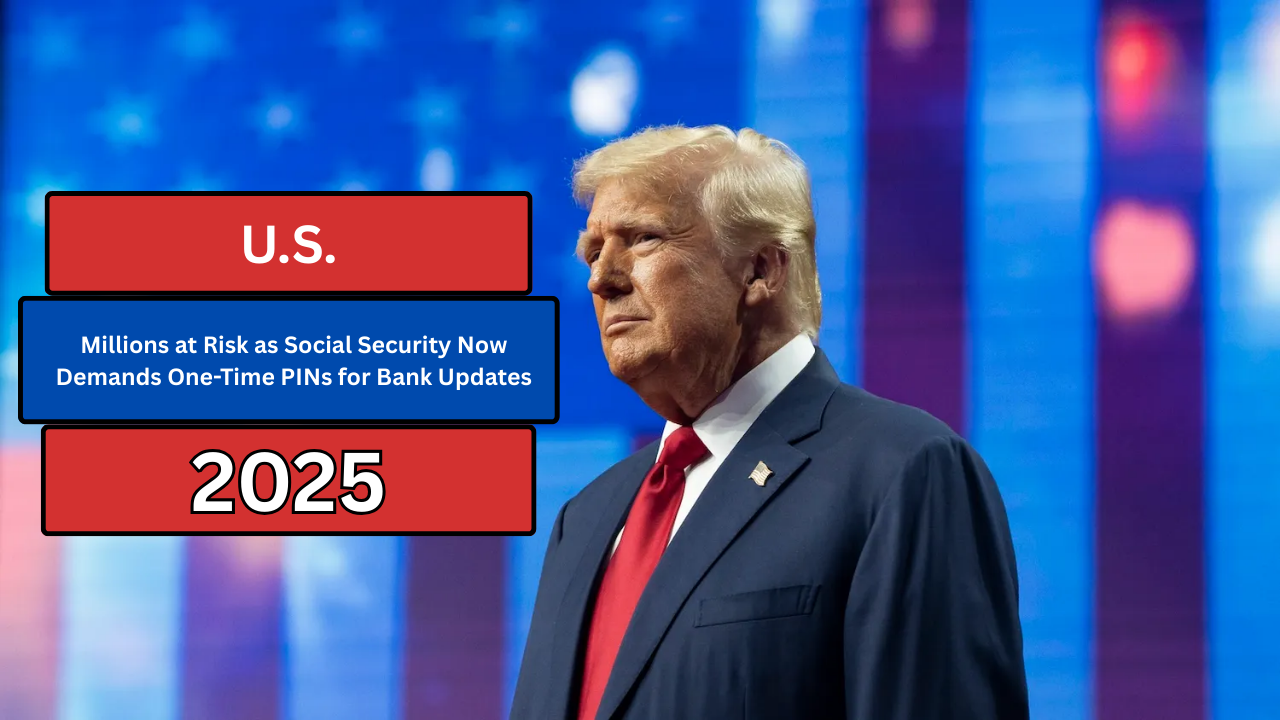Imagine you’re a retiree trying to update your bank details with Social Security—something you’ve done many times over the phone.
But now, you’re told that you can’t do it unless you have a special one-time PIN (personal identification number). And to get this PIN, you must go online.
You’re stuck if you don’t have internet, a smartphone, or even a computer. That’s the reality millions of people, especially seniors and people with disabilities, are waking up to.
What’s Happening?
Starting this month, the Social Security Administration (SSA) has quietly rolled out a new security rule. To change your bank account information over the phone, you must now complete a multi-step verification process.
This includes generating a single-use PIN online. If you can’t do this online, your only other option is to visit a Social Security office in person.
This might sound like a small change, but for millions, it’s anything but simple.
A new analysis by the Center on Budget and Policy Priorities (CBPP) says that this rule change could effectively cut off access to a basic service for those who are not tech-savvy or live in remote areas.
The Ground Reality
Think about older adults living in small towns or villages who don’t use smartphones. Many don’t even have computers. For them, the only way left is to go to an SSA office in person. But here’s the issue—more than 6 million people live over 70 kilometers from their nearest SSA office.
And even if they somehow manage to go, they might face long wait times and overcrowded offices.
Kathleen Romig, a lead researcher at CBPP, explained, “This kind of change might make sense if fraud over the phone was a big problem. But according to SSA’s data, it’s not. Direct deposit fraud is very rare—less than 1%—and most of it doesn’t even happen via phone calls.”
In other words, this rule may be making it harder for people to access services without solving a real problem.
A Complicated and Confusing Process
Here’s what the new process looks like:
- You call SSA to request a bank account update.
- The SSA tells you that you need a one-time PIN.
- You must go to the SSA website to generate this PIN.
- Once you get the PIN, you must call them again to complete the process.
Each call involves long wait times—on average, 2.5 hours just to speak with someone. Now imagine doing this twice, especially if you have difficulty hearing or navigating phone menus.
The SSA did announce this change, but according to critics, it gave less than two weeks’ notice. Worse, the initial explanation was so confusing that they had to clarify it later.
Who Is Most Affected?

This new rule hits hardest among:
- Senior citizens who don’t use digital devices.
- People with disabilities may find it difficult to visit an office in person.
- Low-income families who lack internet access.
- Rural communities where travel to SSA offices is time-consuming and costly.
Many of these individuals are already dealing with financial or health issues. Adding another hurdle may push them further away from receiving benefits they depend on.
Why the Change?
So, why is SSA making this change?
According to the agency, it’s about improving security and preventing fraud. But critics say that’s just not backed by data. There is no major spike in phone-based fraud, and even in the rare cases where fraud does happen, it usually involves stolen identity information from online data breaches, not phone calls.
Kathleen Romig and other experts argue that the policy may have been influenced by political pressure from public figures who have talked about fraud but provided little or no evidence to support their claims.
The Bigger Picture
This isn’t just about one-time PINs. It’s about the digital divide—the gap between people who can easily use technology and those who cannot. As more services go digital, those left behind face greater difficulty accessing what used to be basic services.
Critics warn that this move by SSA could set a dangerous example. Other government departments may follow suit, creating a world where those without digital access are simply locked out of essential support.
A Need for Better Solutions
Security is important, no doubt. But it should not come at the cost of accessibility.
Here’s what experts suggest instead:
- Provide alternative methods of verification for people who can’t go online.
- Expand in-person support in rural areas and offer mobile offices.
- Keep phone support as a fully functional and simple option, especially for older adults.
- Inform the public with clearer communication and more advanced notice before such major changes.
The goal should be to make things safer and easier, not more complicated.
Final Thoughts
Social Security is supposed to be a system that supports people when they need help the most. But if the very people who rely on it are being pushed away by digital hurdles, then something has gone wrong.
This new PIN system, while intended to fight fraud, might be doing more harm than good. Until a better, more inclusive method is found, millions of Americans may find themselves facing an unnecessary wall just to update their bank details—a task that should be quick and stress-free.



